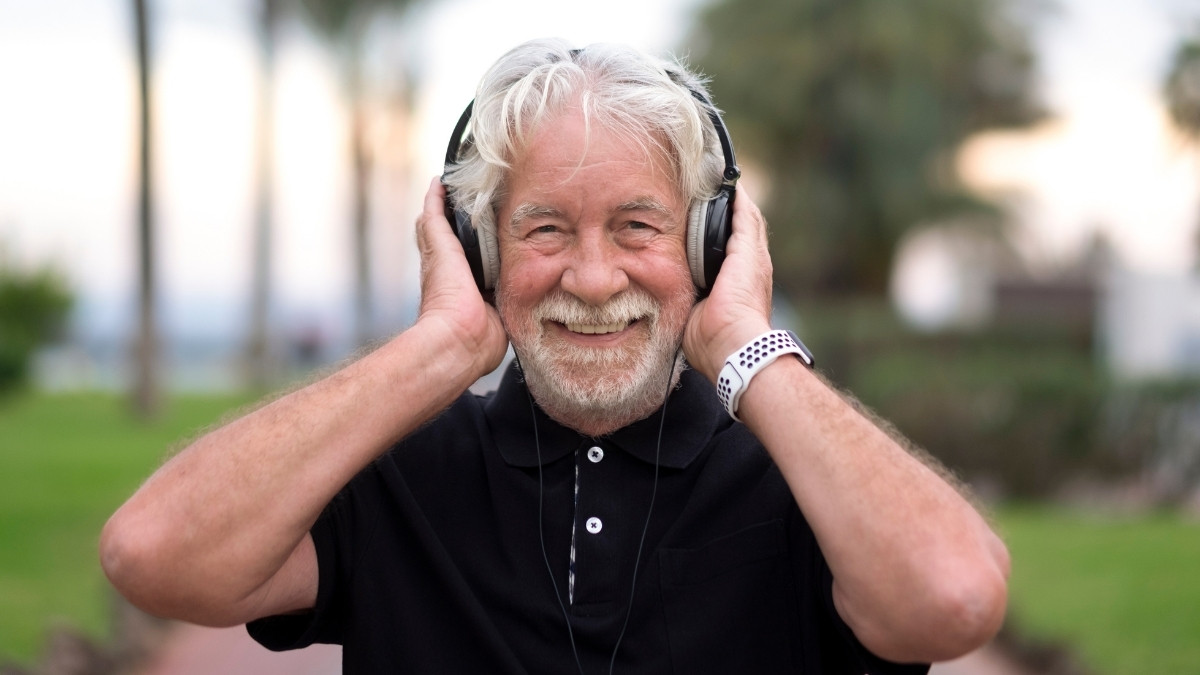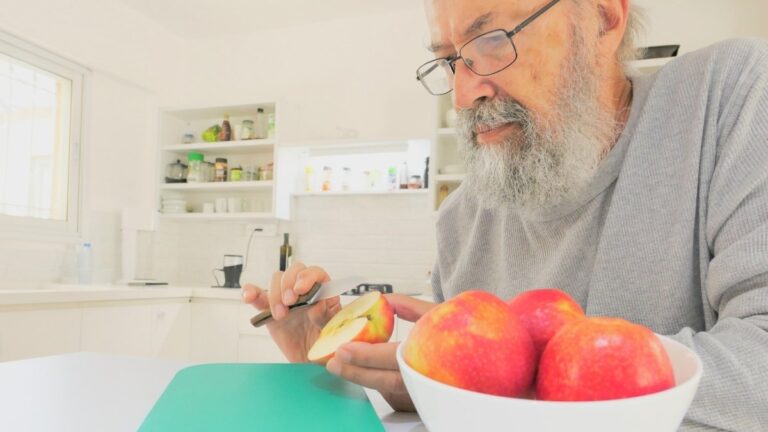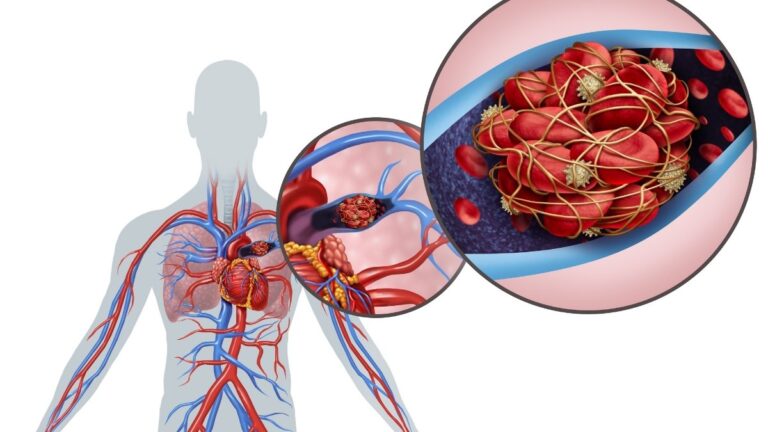10 Proven Mindfulness Techniques for Anxiety Relief — and 3 habits that fuel it, according to therapists
Your heart races during a work presentation, your mind spirals before bed, or Sunday scaries hit like clockwork—sound familiar? Anxiety doesn’t just show up during big moments. It creeps into your daily life, making simple tasks feel overwhelming.
You need something that works fast, not advice to “just breathe” or wait weeks for therapy to kick in. The good news? Effective anxiety relief techniques exist that you can use right now, wherever you are.
In the next 8 minutes, you’ll learn 10 therapist-approved mindfulness practices that can reduce anxiety symptoms in under 5 minutes, plus discover 3 surprising daily habits that might be fueling your anxiety without you realizing it. These aren’t fluffy feel-good tips.
🧠 Mindfulness for Anxiety
Science-backed techniques to calm your racing mind
How It Works in Your Brain
Neuroplasticity
Mindfulness rewires anxious brain patterns. You build new neural pathways that help you stay calm instead of spiraling into panic.
Vagus Nerve
Activates your parasympathetic nervous system – your “rest and digest” mode. Heart rate slows, muscles relax.
Stops Fight-or-Flight
Quick techniques interrupt your stress response before it takes over. Your brain gets a safety signal.
Your 30-Day Mindfulness Plan
Daily Schedule
Track Your Anxiety Level
Rate your anxiety each morning (1 = calm, 10 = very anxious)
Most people see improvement by day 10! 📈
Your Progress Timeline
Start Today, See Results in 10 Days
No special equipment needed. Just you, your breath, and a few minutes of practice. 🌟
Anxiety doesn’t care how old you are. Whether you’re worried about health, family, or just the changes that come with aging, that tight feeling in your chest is real. The good news? You can calm your mind in just a few minutes.
These 10 simple practices work fast. You don’t need special equipment or years of training. Most can be done sitting in your favorite chair. Let’s start with techniques that bring relief when you need it most.
Practice 1: The 4-7-8 Breathing Technique
This breathing pattern calms your nervous system in under a minute. Here’s how to do it:
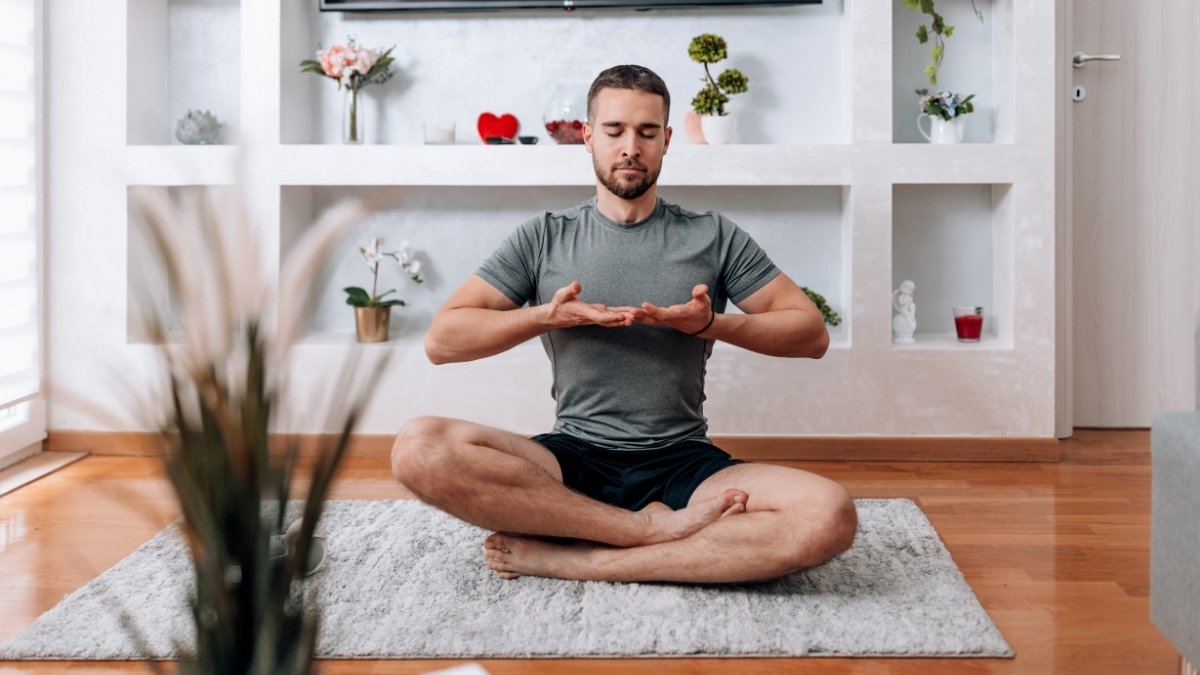
Sit comfortably with your back straight. Place your tongue against the roof of your mouth, just behind your front teeth. Breathe out completely through your mouth, making a “whoosh” sound.
Close your mouth. Breathe in through your nose for 4 counts. Hold your breath for 7 counts. Breathe out through your mouth for 8 counts, making that whoosh sound again. Repeat this cycle 3-4 times.
This works because it activates your body’s “rest and digest” system. The longer exhale tells your brain to slow down and relax.
Use this before bed, during doctor visits, or anytime worry starts building. Dr. Sarah Chen, a therapist who works with older adults, says: “The 4-7-8 technique is like a reset button for anxiety. I see clients calm down within minutes.”
Practice 2: 5-4-3-2-1 Grounding Technique
When anxiety makes your thoughts race, this technique brings you back to the present moment. It uses your five senses to anchor you in reality.

Look around and name 5 things you can see. Maybe it’s a family photo, the lamp beside you, or birds outside your window. Next, notice 4 things you can touch. Feel the fabric of your shirt, the smoothness of your phone, or the texture of your chair.
Now find 3 things you can hear. Perhaps it’s the hum of the refrigerator, voices from another room, or cars passing by. Identify 2 things you can smell. This might be coffee, flowers, or even just the familiar scent of your home. Finally, notice 1 thing you can taste. Maybe it’s mint from your toothpaste or the lingering flavor of your morning tea.
This technique stops panic attacks and overwhelming moments. It forces your brain to focus on facts instead of fears. Use it when you feel disconnected or when worries start spiraling.
Practice 3: Body Scan Meditation
Your body holds anxiety as tension. This quick 2-minute scan helps you release it.
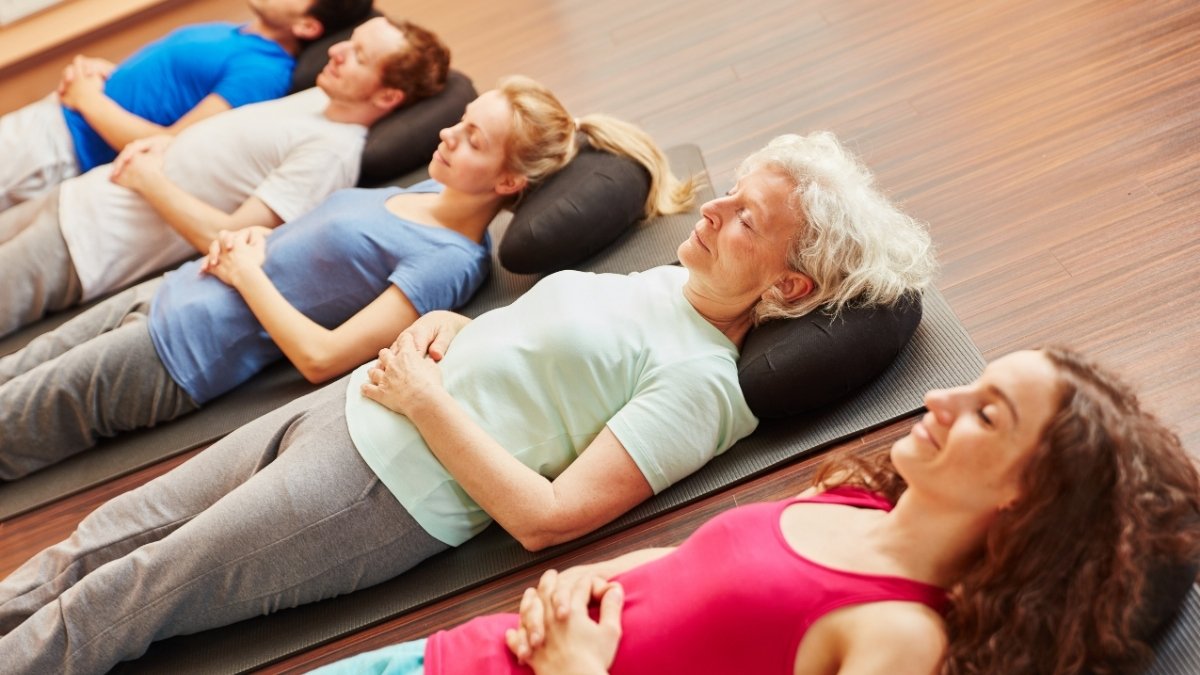
Sit or lie down comfortably. Close your eyes if it feels good. Start at the top of your head. Notice any tightness or tension there. Don’t try to change anything yet. Just notice.
Move down to your forehead, then your eyes and jaw. Are you clenching? Continue down your neck and shoulders. Many people carry stress here. Keep going through your arms, chest, stomach, hips, legs, and feet.
Now go back to any spots that felt tight. As you breathe in, imagine sending breath to that area. As you breathe out, let the tension melt away.
This works because physical tension and anxiety feed each other. When you relax your body, your mind follows. You can do this in bed, in a doctor’s waiting room, or while watching TV. Some people tense and release each muscle group for extra relief.
Practice 4: Mindful Walking
Movement is medicine for anxiety. Walking mindfully combines gentle exercise with mental calm.

For outdoor walking, start slowly. Feel your feet touching the ground with each step. Notice how your weight shifts from heel to toe. Pay attention to your surroundings without judging them. See the colors, hear the sounds, feel the air on your skin.
For indoor walking, use a hallway or just walk in place. Focus on lifting your knees, placing your feet, and swinging your arms naturally. Count your steps if it helps you stay focused.
Walking releases natural mood boosters in your brain. It also gives anxious energy somewhere to go. Even two minutes helps. Make it part of your daily routine by walking mindfully to the mailbox, around your house, or during commercial breaks.
The key is paying attention to the movement instead of your worries.
Practice 5: Present Moment Awareness
Racing thoughts feed anxiety. This “STOP” technique breaks the cycle.
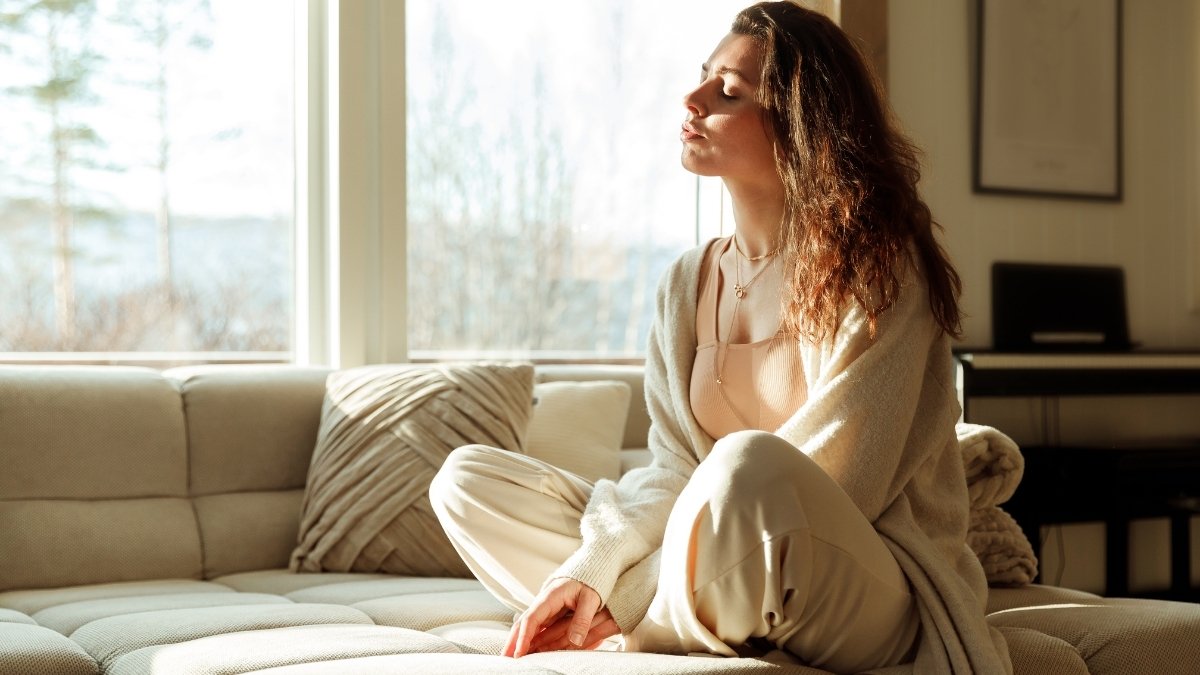
When you notice your mind spinning, say “STOP” out loud or in your head. Take a breath. This creates a pause between you and your thoughts.
Observe what’s happening right now. What thoughts are you having? What do you feel in your body? Don’t judge these things as good or bad. Just notice them like clouds passing in the sky.
Proceed with intention. Choose what to do next instead of reacting automatically. Maybe you need a glass of water, a call to a friend, or just to keep doing what you were doing.
This works at home, in stores, or anywhere anxiety hits. Use it when you catch yourself worrying about things you can’t control. At work or appointments, you can do this silently. The pause alone often stops anxiety from growing stronger.
Practice 6: Loving-Kindness for Self
Anxiety often comes with harsh self-criticism. This practice builds self-compassion.

Place your hand on your heart. Say these phrases to yourself: “May I be safe. May I be peaceful. May I be kind to myself. May I accept this moment.”
If those words don’t feel right, try: “I’m doing my best. This feeling will pass. I deserve kindness. I am enough as I am.”
Self-criticism makes anxiety worse. When you’re gentle with yourself, your nervous system relaxes. This is especially helpful for people who worry about being “too anxious” or who feel guilty about their fears.
Many seniors struggle with perfectionism learned over a lifetime. This practice helps break that pattern. Use it when you’re being hard on yourself or when anxiety makes you feel weak or broken. You’re not. You’re human, and humans sometimes feel anxious.
Practice 7: Mindful Breathing with Visualization
Combining breath with mental images creates powerful calm.
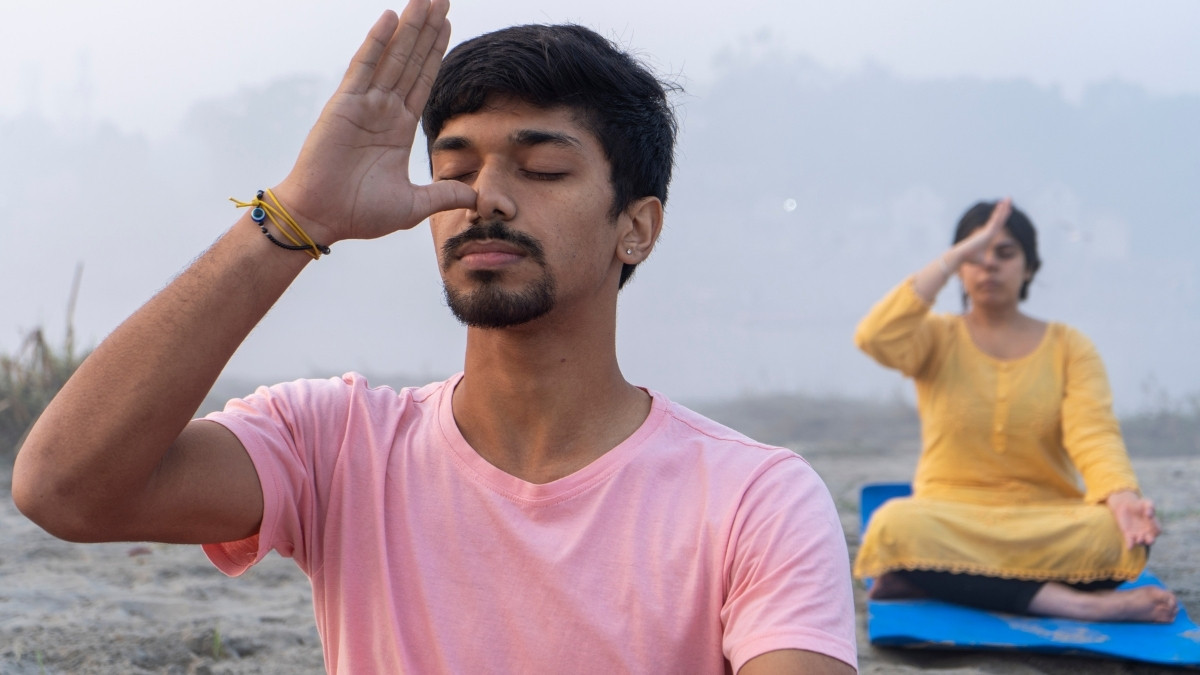
Try color breathing: Breathe in a calming color like blue or green. Imagine it filling your body with peace. Breathe out a color that represents stress, like red or gray.
For square breathing, breathe in for 4 counts, hold for 4, breathe out for 4, hold empty for 4. Picture drawing a square as you do this.
Use calming imagery like ocean waves flowing in and out with your breath. Or imagine yourself as steady as a mountain, with worries as clouds that pass by without moving you.
Pick images that feel good to you. Maybe it’s a favorite vacation spot, your garden, or holding a grandchild. The key is matching the image to your breathing rhythm. This gives your anxious mind something peaceful to focus on instead of worries.
Practice 8: Progressive Muscle Release
Physical anxiety symptoms respond well to this technique. You can do a quick 3-minute version anywhere.
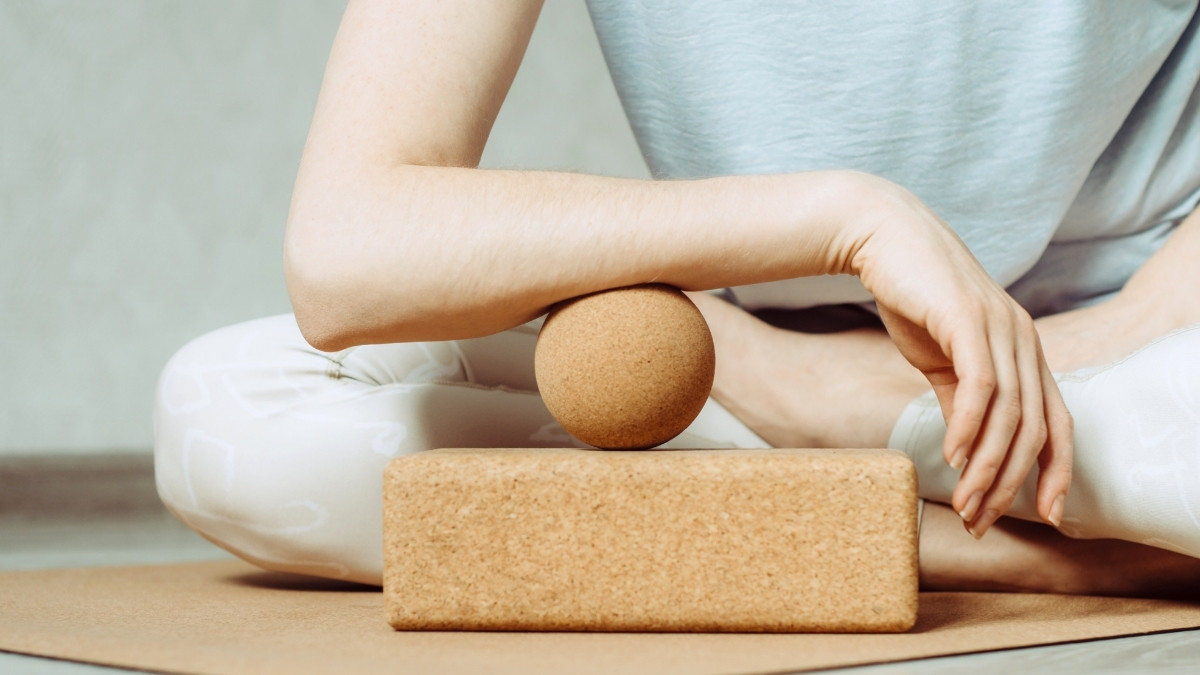
Start by making fists with your hands. Squeeze tight for 5 seconds, then release completely. Notice the difference between tension and relaxation.
Scrunch your shoulders up to your ears. Hold for 5 seconds, then drop them. Squeeze your eyes shut tight, then relax your whole face.
Tighten your stomach muscles, then let them go soft. Press your feet into the floor, then relax your legs completely.
This helps when anxiety shows up as muscle tension, headaches, or that “keyed up” feeling. You can modify it for a desk or chair by just tensing and releasing your hands, shoulders, and face.
The contrast between tension and relaxation teaches your body what calm feels like. Use this before bed or during stressful situations.
Practice 9: Mindful Listening
Racing thoughts quiet down when you focus on sound. This technique uses your ears as an anchor to the present moment.
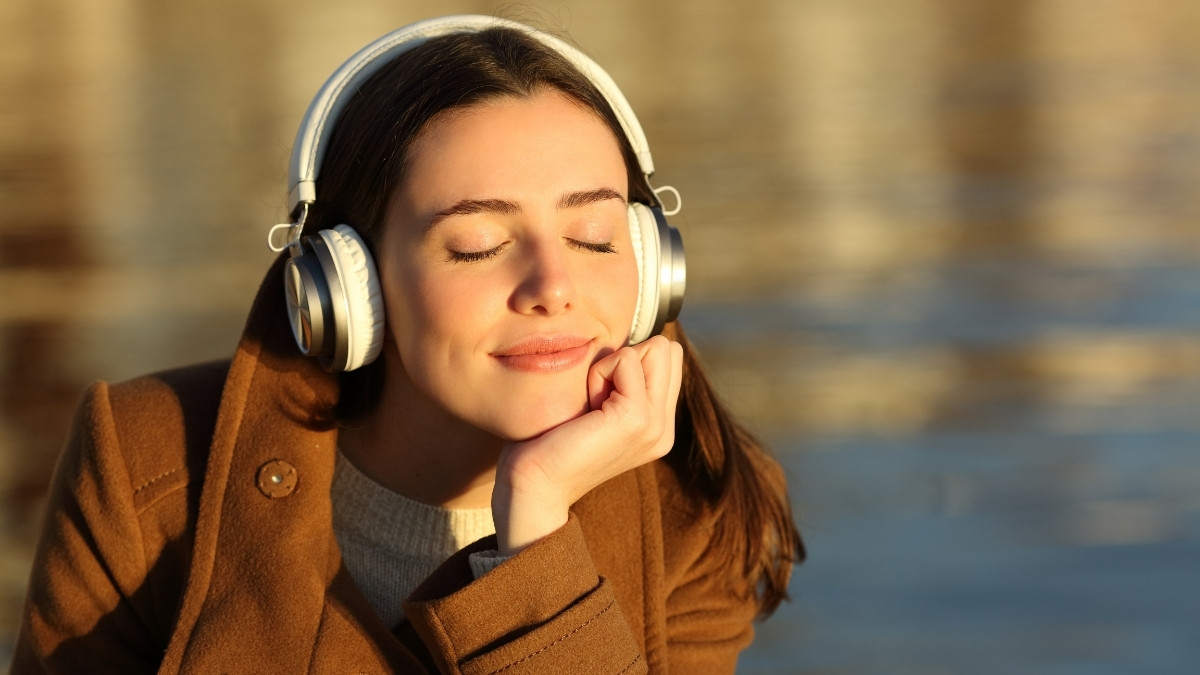
Sit quietly and listen to the sounds around you. Don’t label them as good or bad. Just hear them. Maybe it’s the clock ticking, birds singing, or the neighbor’s dog barking.
If you prefer, use gentle music or nature sounds. Focus on one instrument or the rhythm of rain. When your mind wanders to worries, gently bring it back to the sounds.
This works especially well for people whose anxiety shows up as mental chatter. Sound gives your brain something concrete to follow instead of anxious thoughts. Use it during meals, while resting, or when you need a mental break.
Even listening to your own breathing counts as mindful listening.
Practice 10: Gratitude-Based Mindfulness
Anxiety focuses on what’s wrong. Gratitude shifts your brain to what’s right.
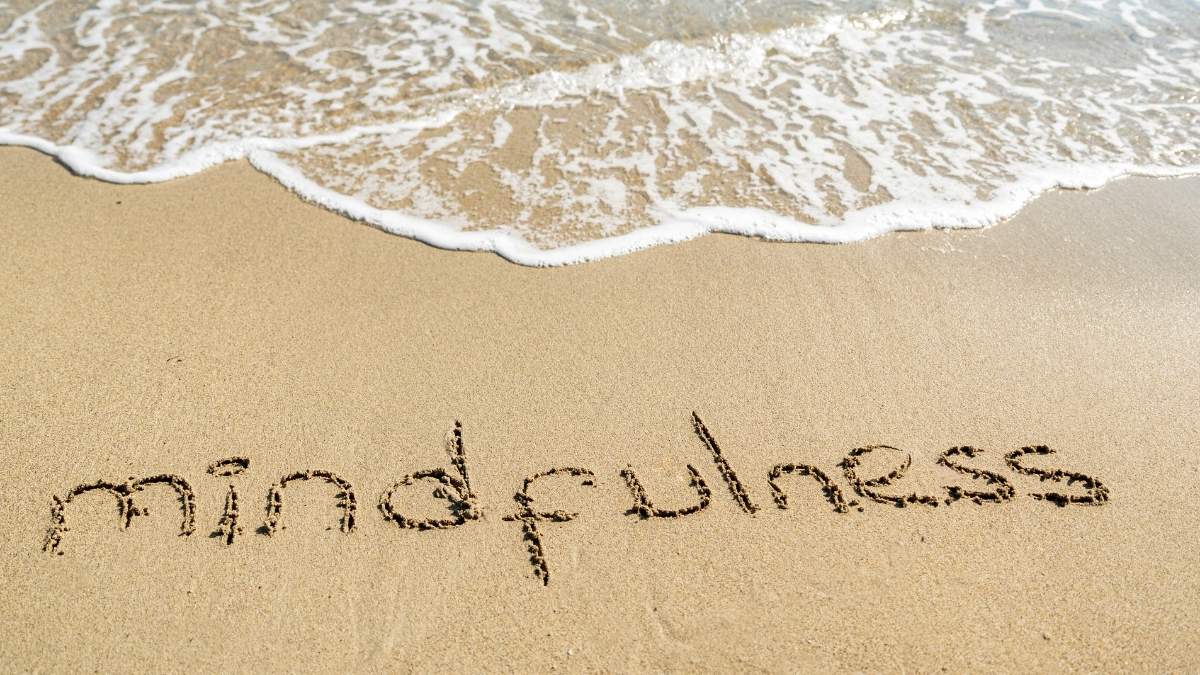
Take three slow breaths. With each breath, think of something you’re grateful for. Start simple: your morning coffee, a comfortable bed, or the ability to see sunlight.
This isn’t about forcing fake positivity. It’s about training your brain to notice good things alongside difficult ones. When anxiety makes everything seem terrible, gratitude provides balance.
Try specific prompts: What made you smile today? Who showed you kindness? What part of your body is working well? What simple pleasure did you enjoy?
This practice builds new brain pathways that notice positives more easily over time. Use it in the morning to start your day well, or at night to end on a peaceful note.
These practices work because they give your mind and body something better to do than worry. Start with one or two that feel easiest. Practice them when you’re calm so they’re ready when anxiety hits.
Remember: feeling anxious doesn’t mean you’re doing anything wrong. These tools just help you feel better faster.
3 Daily Habits That Secretly Fuel Your Anxiety
You do everything right. You exercise. You eat well. You try to sleep enough. But anxiety still shows up. Why?
The answer might surprise you. Three common daily habits could be making your anxiety worse without you knowing it.
Habit 1: Mindless Phone Scrolling
You pick up your phone to check the time. Thirty minutes later, you’re still scrolling. Sound familiar?
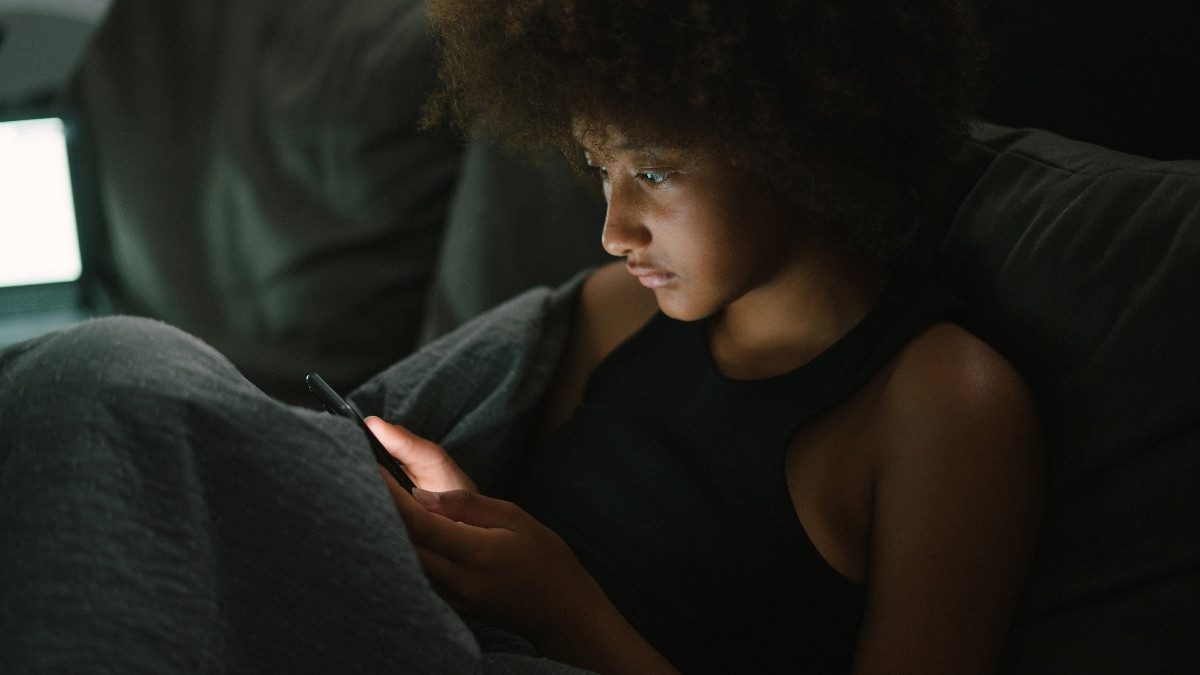
Here’s what happens in your brain: Every notification creates a tiny hit of dopamine. Your brain starts craving more. When you don’t get it, anxiety kicks in. It’s like being on a sugar high that crashes hard.
Social media makes this worse. You see everyone’s highlight reel while living your behind-the-scenes reality. Your brain doesn’t know those Instagram posts are fake. It just knows you don’t measure up. Cue the comparison anxiety.
Then there’s information overload. Your brain wasn’t built to process hundreds of news stories, opinions, and updates every day. It gets overwhelmed and triggers your fight-or-flight response.
Try this instead: Put your phone in another room for one hour each day. When you do use it, set a timer for 10 minutes. Ask yourself “What am I looking for?” before opening any app. This simple pause breaks the mindless cycle.
Habit 2: Multitasking and Divided Attention
You answer emails while on a work call while mentally planning dinner. Most people think this saves time. It doesn’t. It creates anxiety.
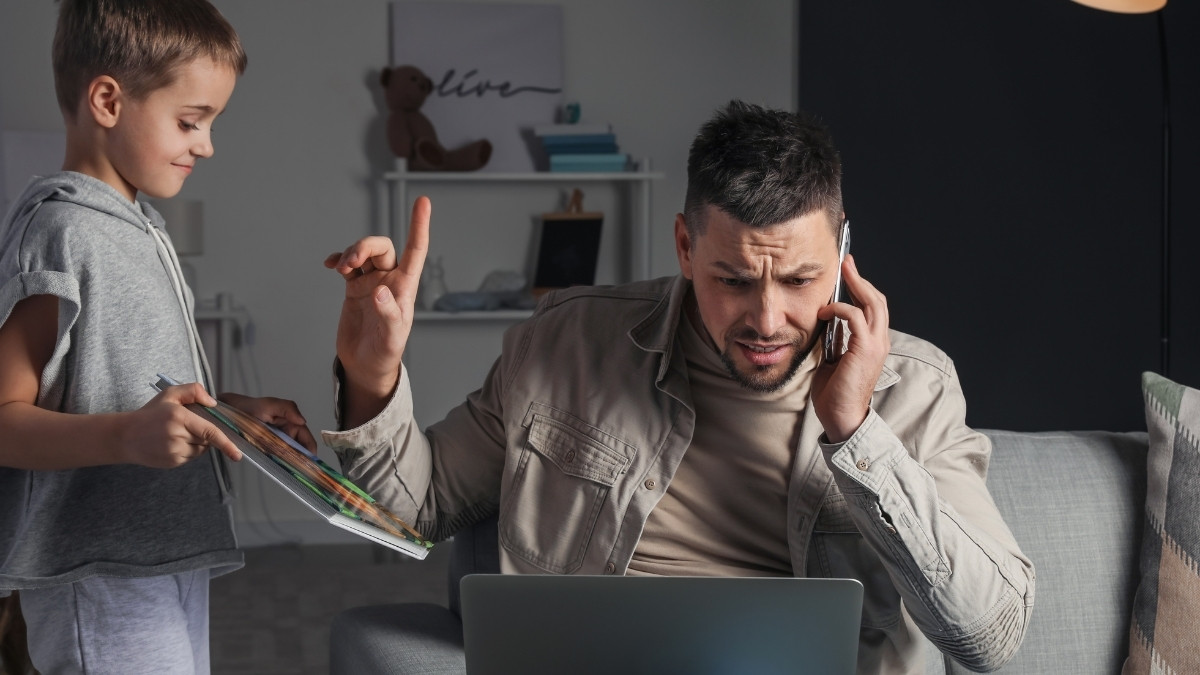
When you switch between tasks, your brain releases stress hormones like cortisol. Each switch costs mental energy. By noon, you feel fried. Your anxiety spikes because your nervous system is already on high alert.
Your brain can only focus on one complex task at a time. When you force it to juggle, it gets confused and stressed. Think of it like trying to have three conversations at once. Nobody gets your full attention, and you feel scattered.
Single-tasking feels weird at first, but it works. You’ll finish tasks faster and feel calmer. Your brain gets to rest between activities instead of staying in constant stress mode.
Try this instead: Pick one task and stick with it for 25 minutes. Close other browser tabs. Put your phone face down. Tell your brain it only has one job right now. You’ll be amazed how much anxiety drops when you stop splitting your focus.
Habit 3: Suppressing or Fighting Anxious Thoughts
“Stop being anxious.” “Don’t think about it.” “Just relax.” If only it were that easy.

Fighting anxious thoughts actually makes them stronger. Psychologists call this the “rebound effect.” Tell yourself not to think about a pink elephant, and guess what pops into your head? That pink elephant.
Your brain treats suppressed thoughts like important information that needs remembering. The harder you push them away, the louder they get. It’s like trying to hold a beach ball underwater. Eventually, it shoots back up with more force.
Acceptance works better than resistance. When you notice an anxious thought, try saying “I’m having the thought that I’m anxious.” This creates distance between you and the feeling. You’re observing it, not becoming it.
Try this instead: When anxiety shows up, get curious instead of fighting. Notice where you feel it in your body. What does it want to tell you? Sometimes anxiety carries useful information. Other times, it’s just your brain being overprotective. Either way, fighting it makes it stick around longer.
How to Build Your Personal Anxiety Toolkit
Not every anxiety relief technique works for everyone. Your toolkit should fit your life, not someone else’s.

Start by picking 3-4 practices from the mindfulness techniques that felt most doable. Maybe breathing exercises work great at your desk, but body scans feel awkward. That’s fine. Choose what clicks for you.
Create a simple anxiety action plan. Write down which technique you’ll use in different situations. Racing thoughts at bedtime? Try the 4-7-8 breathing. Overwhelmed at work? Use the 5-4-3-2-1 grounding method. Having a plan stops you from freezing when anxiety hits.
Pay attention to your triggers. Do you get anxious in crowded places? Before big meetings? On Sunday nights? Knowing your patterns helps you prepare. You can use anxiety relief techniques before the stress starts, not just after.
Build consistency without being perfect. You don’t need to meditate for an hour every day. Two minutes of mindful breathing counts. Missing a day doesn’t ruin your progress. Aim for good enough, not flawless.
Know when to get help. These mindfulness practices reduce anxiety for most people, but they’re not magic. If anxiety stops you from doing things you love, or if it’s getting worse despite your efforts, talk to a therapist. You deserve support that goes deeper than self-help techniques.
Your anxiety toolkit is personal. What matters is that it works for your life and your brain.
Making Mindfulness a Daily Habit
The best anxiety relief technique is the one you actually use. Here’s how to make mindfulness stick without turning it into another thing to stress about.
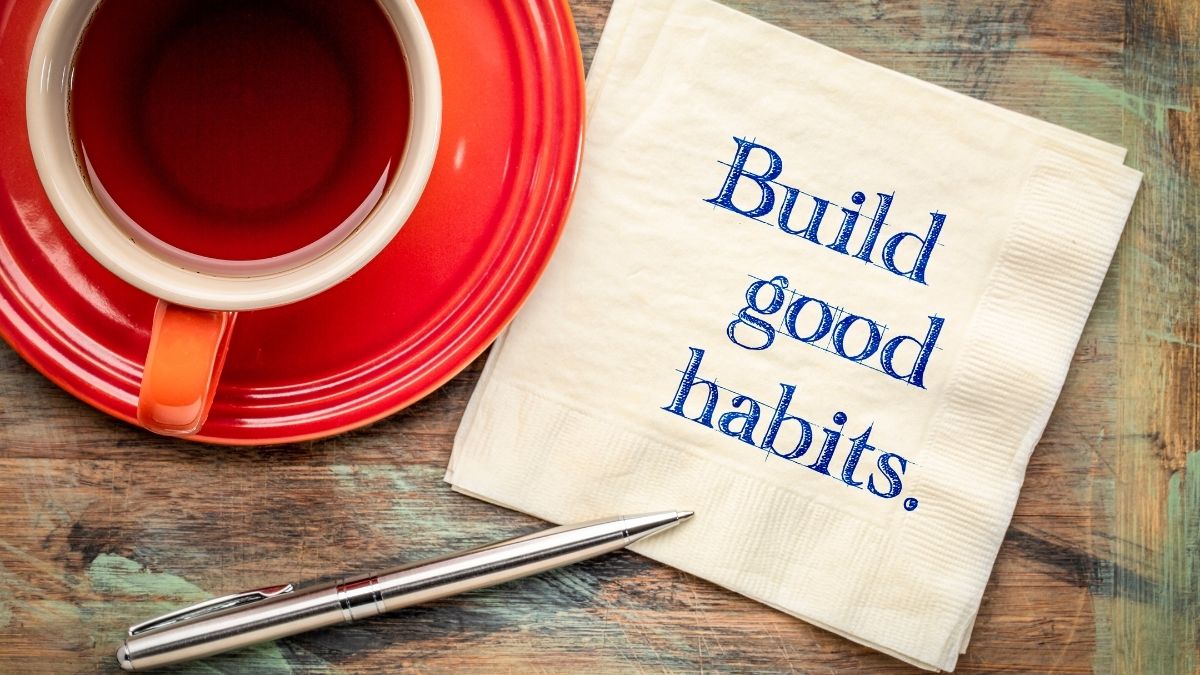
Habit stacking works better than willpower. Pick something you already do every day, like brushing your teeth or making coffee. Add two minutes of mindful breathing right after. Your existing habit becomes the reminder for your new one.
Start smaller than you think you need to. Two minutes feels manageable. Thirty minutes feels impossible when you’re already overwhelmed. You can always do more once the habit sticks, but you can’t sustain something that feels too big.
Expect obstacles and plan for them. Busy days will happen. You’ll forget sometimes. Your brain will tell you it’s not working. That’s normal, not failure. The people who succeed with mindfulness aren’t the ones who never struggle. They’re the ones who start again when they fall off track.
Track your progress without becoming obsessed. Notice how you feel after a week of practice, not after each session. Some days will feel amazing. Others won’t. Look for patterns over time, not perfection in each moment.
The goal isn’t to become a meditation expert. It’s to have tools that help when anxiety shows up. Even one technique that you use regularly can change how you handle stress.
Conclusion
You now have 10 proven tools to reduce anxiety in minutes, plus you know the 3 sneaky habits that might be making things worse. That’s real progress.
The techniques work because they’re based on how your brain actually functions, not wishful thinking. The 4-7-8 breathing activates your calm-down system. The 5-4-3-2-1 grounding pulls you out of worry spirals. Each practice gives your anxious brain something specific to do instead of spinning in circles.
But reading about them won’t help. You have to try them.
Choose one technique to try right now, before reading another article. Pick the breathing exercise or the grounding method. Give it two minutes. Your future self will thank you for starting today instead of waiting for the perfect moment.
These mindfulness practices reduce anxiety because they work with your brain’s natural calming mechanisms. You’re not broken. You just need the right tools. Now you have them.


